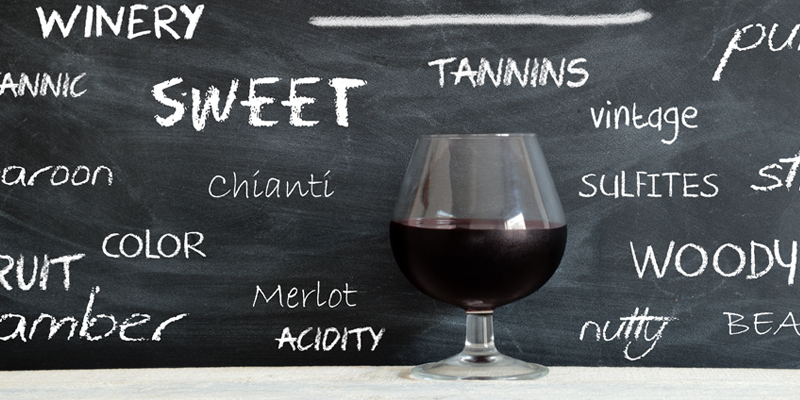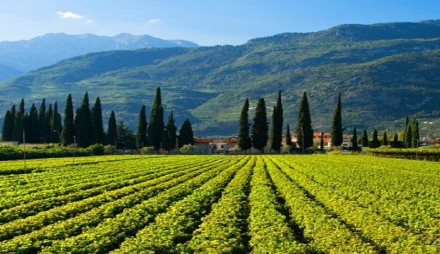“Wine makes daily living easier, less hurried,
with fewer tensions and more tolerance.”– Benjamin Franklin
We all know what the words nose, legs and finish mean, but do you know what they mean with regards to wine tasting? Saying things like “On the nose there is blackcurrant and spices…” is not pretentious it is just simple wine speak for what you initially smell at first sniff. Here are a few other terms to help us budding wine tasters work our way through the wine language…
Appearance
Refers to the wine’s clarity, not color.
Backbone
Denotes wines that are full-bodied, well-structured and balanced by a desirable level of acidity.
Body
The fullness or weight of the wine in your mouth, from alcohol and sugar.
Breathing
The interaction between air and wine after the wine has been opened.
Buttery
Indicates the smell of melted butter or toasty oak.
Chewy
Describes rich, heavy, tannic wines that are full-bodied.

Corked
Describes a wine having the off-putting, musty, moldy aroma caused by a tainted cork.
Earthy
A pleasant, clean quality that adds complexity to the aroma and flavors. The flip side is a funky farm flavor that adds dirtiness to the taste.
Finish
The aftertaste of the wine. A good wine has a longer finish, which stays nicely on the palate. A bad finish is one that has a bitter or astringent flavor or has off flavors and is not appealing.
Floral
Having the characteristics of flowers.
Heady
Used to describe high-alcohol content.
Legs
The viscous droplets that form and ease down the sides of the glass when the wine is swirled.
Length
The amount of time the sensations of taste and aroma persist after drinking. The longer the better!
Nose
The aroma or smell of a wine; includes bouquet.
Oaky
Describes the aroma or taste imparted to a wine by the oak barrels in which it was aged.
Round
Describes a texture that is smooth, nor coarse or tannic.
Spicy
Indicates the presence of spice flavors such as anise, cloves and pepper.
Tannin
A compound found in the seeds and skin of fruit; tannins include flavorings and preserving agents and have a dry, mouth-puckering quality.
Varietal
Wine made from at least 75% of the grape named on the label.
Vintage
A particular harvest year.
*Sources: Sotheby’s Wine Encyclopedia, Wine Spectator and The Wine Deck







